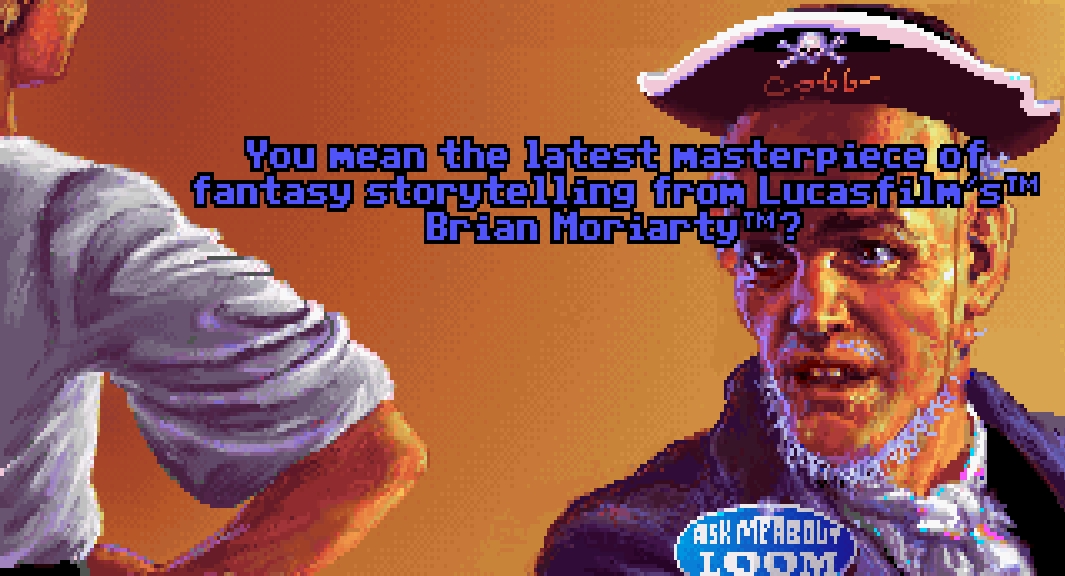Narratives and Storytelling Methods in Secret of the Monkey Island
While video games and art are fundamentally different they do share many qualities. (Difference being in the role of user or consumer - in art you can only observe and interpret the information - whereas in a video game you interact with the game.)
What they do share is storytelling, evoking emotions, thoughts and reactions. In the classic LucasArts title from 1990, The Secret of the Monkey Island, these differences become less apparent, truly blending art with interactive media.
The story is the focal point of the game and in your face constantly. As a traditional point-and-click adventure game, free choice is merely an illusion and has no consequence on the game progression whatsoever. The player's role is reduced to triggering and watching scripted and written events take place. There's no real failure state, which is often cited as a necessity or one of the main characteristics for any video game (or any game for that matter).
The game involves many real-time cut scenes, which don't distinct itself from the controlled gameplay at all by changing angle or point of view, making the player as much an outside observer of the story events, as the one controlling them. The third person camera angle with generally far-out point of view further enhances the attempt of creating a more cinematic experience.
Often times, the player gets more information and is aware of upcoming game events before "their" characters in the game. Not to mention the constant intentional and humorous breaking of the fourth wall, which further disconnect the player from "their" character (hint: they are not your characters, but the author's).
The Secret of the Monkey Island is still very much a video game, even with a lot of thought-out artlike qualities. It makes a statement how art and video games can beautifully go hand in hand.


Kommentit
Lähetä kommentti